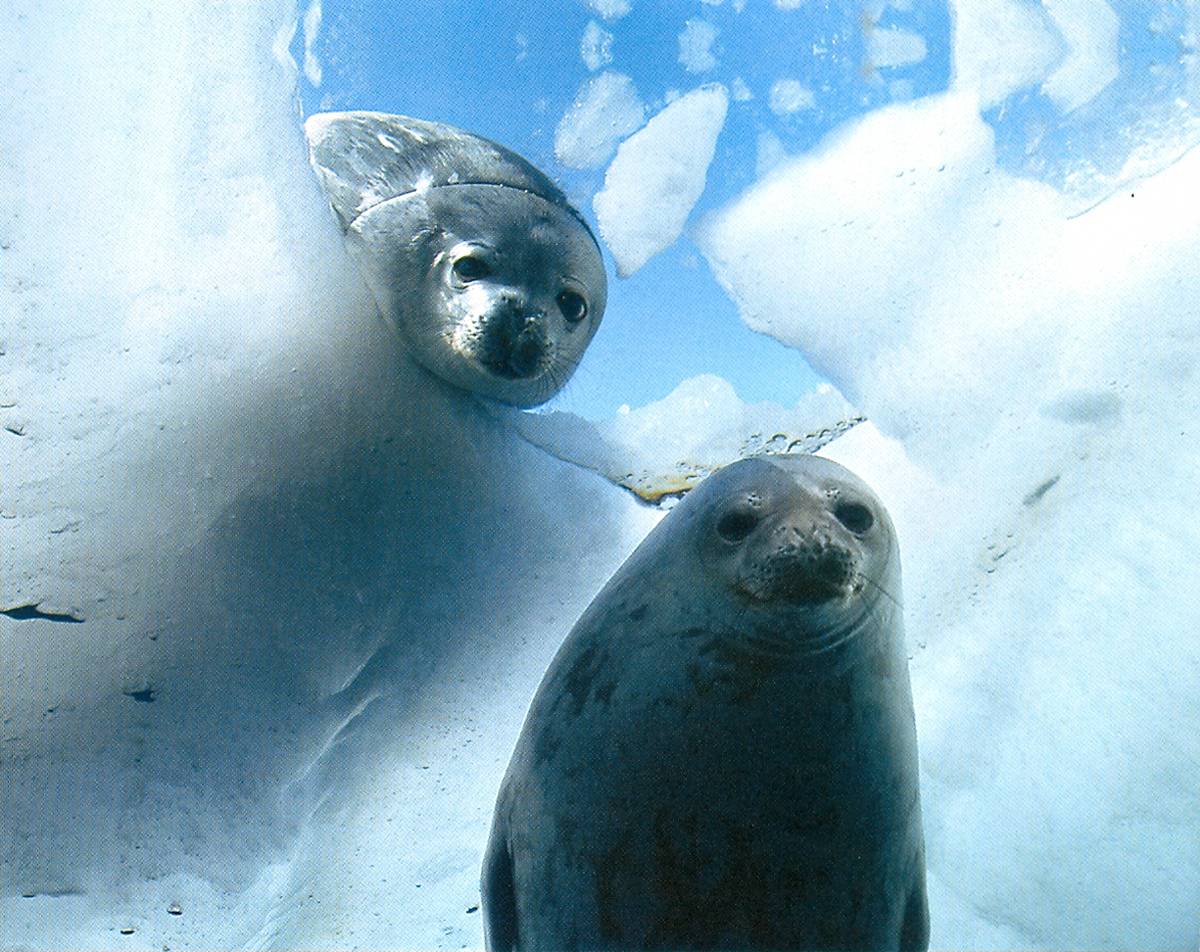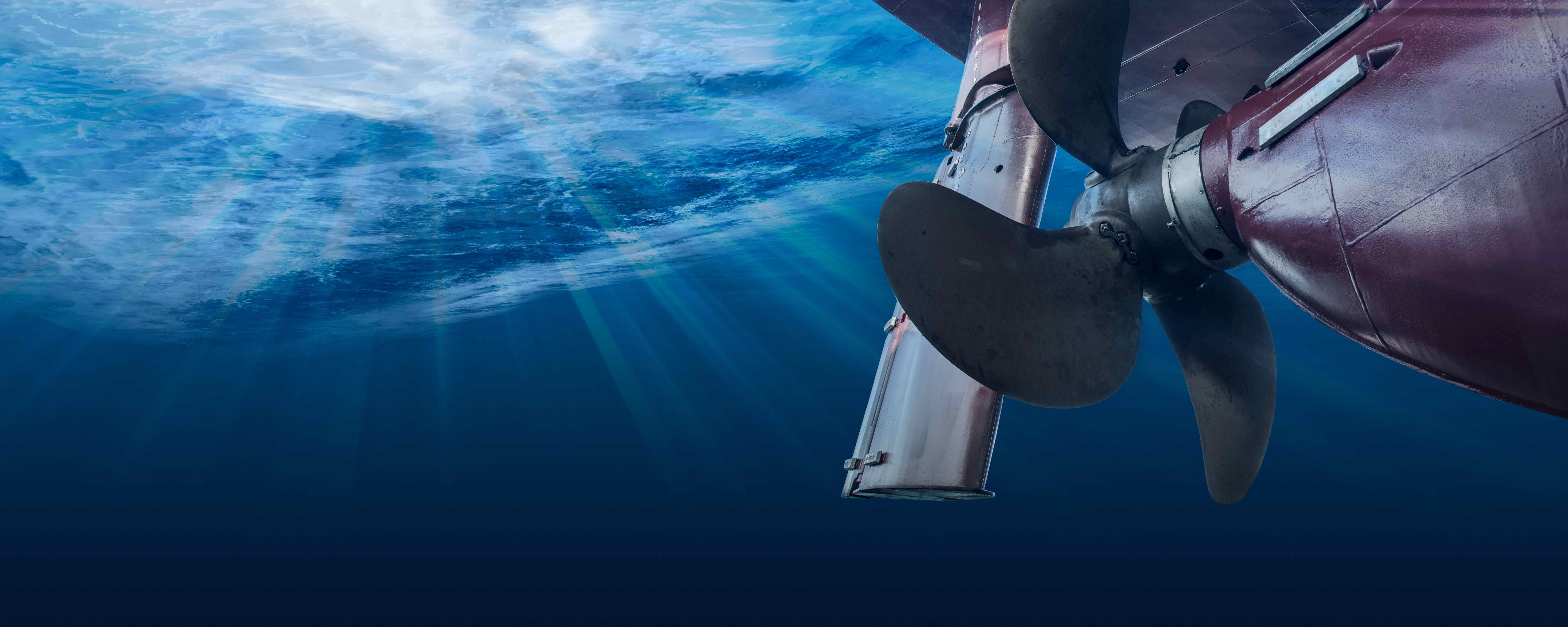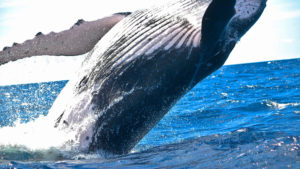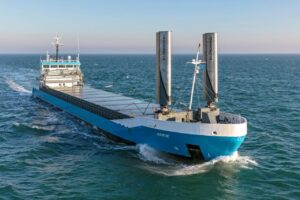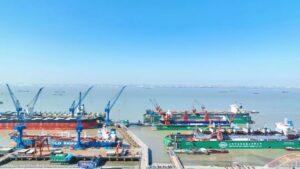Pressure is growing to make ships quieter. A set of guidelines have largely been ignored, lobby groups want something stronger, but can the answer be in the decarbonisation of the industry?
Making today’s shipping emit less CO2 could make them quieter. And this is a good thing because anthropogenic noise is a growing problem in the oceans which scientists are certain is disturbing the marine environment causing problems such as baleen whales to not communicate problem, fish to spawn less effectively and even impacting how crustaceans hunt for food. Guidelines for shipping have not worked, so the push is now on to make regulations. Can energy efficiency tools do some of the work to make new regulation more palatable to shipping?
The noise of ships engines and in particular their propellers are the main background noise that is disturbing the ocean soundscape, while the louder impact noises such as from oil and gas exploration surveys, the booms of pile driving from offshore windfarms are all potential health hazards for cetaceans with sensitive hearing.
It is the seismic booms and certain military activities that have been the suspected cause of cetacean groundings suggests marine scientist Nathan Merchant at CEFAS, while ships’ noise is masking out many of the natural sounds that animals need to hunt for food, find mates and detect predators. It’s not just whales and porpoises. It’s also fish stocks that are being impacted, which has real economic impacts as well as arthropods and other invertebrates in the seas and oceans.
CEFAS is the UK’s Centre for Environment Fisheries and Aquaculture and is doing a lot of work with underwater hydrophones and ship AIS data around the UK to map this man-made soundscape.
The example below shows how unattractive it is.
SO-FAR CHANNEL
Scientists will often talk about the SO-FAR channel, which means the “Sound Fixing and Ranging channel. It is a horizontal layer of water at which sound is transmitted for effectively. Known also as the deep sound channel, it was discovered in the 1940’s and seen to be a good way for ocean surveillance by navies.
Water temperature and pressure influence different layers in the oceans and in the so far channel the conditions are right for the transmission of sound waves. Tests have shown that sound can propagate all round the world in this channel.
However, it is known that this is the channel that whales, particularly baleen whales like blue whales, use to communicate and search for mates across thousands of kilometres. Ship noise also easily enters the so far channel and is believes to be a significant audio blanket obscuring whale communication.
Guidelines to regulations
In 2014 the International Maritime Organization agreed a set of guidelines, aimed at reducing the amount of ship generated underwater noise. They are very short and have largely been ignored. The guidelines suggest consideration on machinery vibration and propeller cavitation (the creation of bubbles from the tip of the propeller blades as they spin).
Sharon Livermore, marine director at the International Fund for Animal Welfare says these guidelines need to be strengthened and welcomes recent pressure that has been put on the IMO to take a new look at them.
“Everywhere in the world that a underwater hydrophone has been dropped in the water, you can hear shipping noise – from the equator to the north pole to the Southern Ocean, there is a recording of, of shipping noise in the background”, she says adding that work in Canada has revealed how the underwater noise guidelines have been largely ignored because, out simply, they are only guidelines and not regulations.
This includes, she says, the measurements around underwater noise not being completely clear and the need to see more data that really demonstrates the impacts of underwater noise. And we’re sort of calling for baseline noise data as well.
“We don’t need to do more research on the impacts of underwater noise. It’s well understood. Noise is a pollutant, recognized by the by UNCLOS, the International Law of the Sea, and under many other international agreements”.
“So, the evidence is that we know it impacts marine species from the smallest invertebrates to the largest whales. The point is really that industry, as they should industry does priority prioritize the implementation of mandatory initiatives. And undertaking voluntary measures, such as the ones to reduce underwater noise are never going to be prioritized so that the guidelines need to be reviewed to kind of update them with the latest understanding of noise from shipping, but also to kind of figure out, you know, next steps like how do we how do we encourage uptake around this important issue?
Moving forward with underwater sound
While UNCLOS and other agencies recognises the challenge of underwater sound there are a number of projects underway or finished to assess the levels of sound in various regions and sea.
The International Maritime Organization’s Marine Environment protection committee had a handful of paper submitted for assessment both at meetings this year and last. However, with recent meeting having to be conducted remotely and with curtailed meeting times it has meant that many papers have been delayed as the meetings focus on those directly relating to some of the most important issues such as decarbonisation and the short and mid term solutions that shipping should be taking.
MEPC has agreed now to pass the issue of the IMO’s guidelines on underwater noise to one of its subcommittees (Sub-committee on ship design and construction) which will meet in January 2022. It is too early to say if the guidelines will be rewritten with additional information or if proposals will be accepted to create more mandatory instruments.























